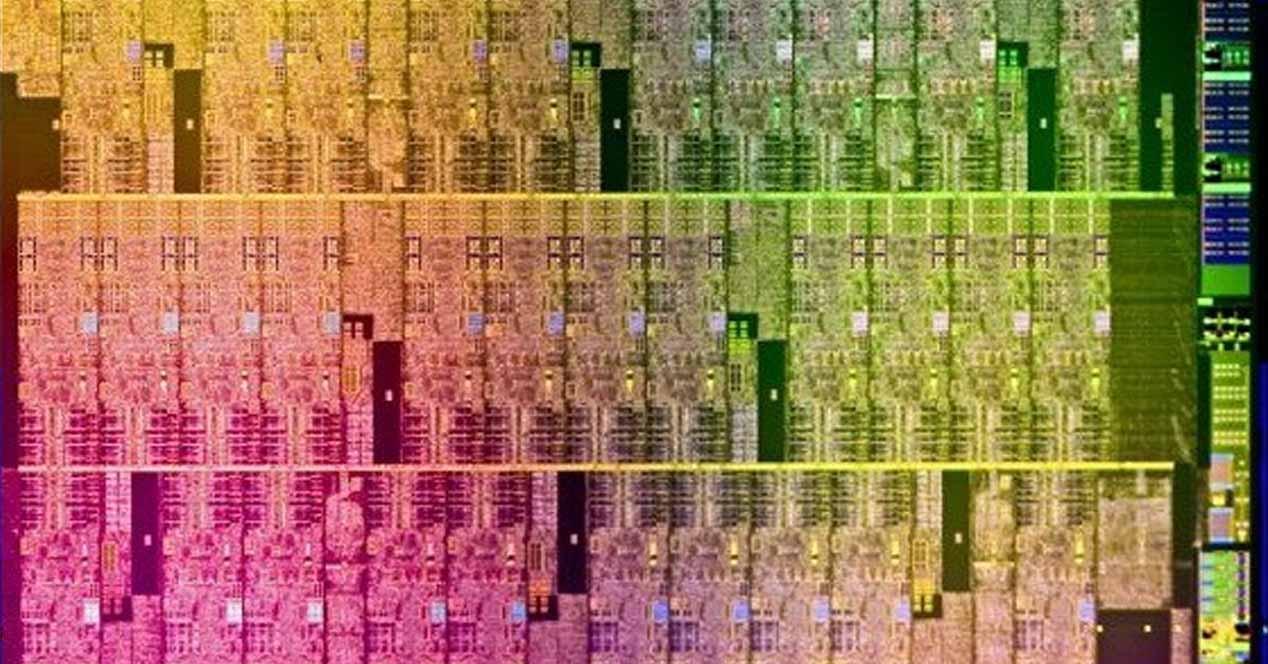Jonathan Koomey He is a professor at Strandford University, renowned for his long-standing ability in computer efficiency which has been known as Koomey's Law ever since.
What is Koomey's Law?
Moore's law states that the processing power of processors doubles every two years (although there are some theories they say every 18 months). This rule is very much supported by mathematics and is very detailed: it is a true assumption that almost the sky is blue.
However, there is a new rule in the world of computing and that may be more appropriate rather than what Moore said in 1965: Koomey's Law, quoted which is equivalent to the 21st-century Moore Act.

Koomey's law defines a a system that calculates the number of counts per joule of scattered energy, multiplying every 1.57 years. In other words, when Moore's law deals with the power of a computer and the number of transistors, Koomey says what that is the efficiency of processors and computer devices is calculated almost every 1.57 years.
The trait he described existed you are extremely stable since the 1950s (with a deviation of less than 2%) and, in fact, it has accelerated even more than Moore's Law in some cases.

Why is it so important these times?
There is no doubt that electronic devices are becoming smaller and more efficient, with lower and lower battery usage and consequently greater independence. The way manufacturers deliver their products in recent times is aimed at improving energy efficiency rather than improving overall efficiency, and the evidence is that newer generation of processors cost less and less to deliver the same or more performance
And that after all is exactly what you need: if you increase efficiency you reduce consumption, allowing you to spend more energy while using the same. Let's take a practical example: imagine that a 10-power processor costs 10. You get a processor with the same capacity but it costs 5, then what you can do is install two processors, each of which will have a capacity of 20 but between the two will continue to consume 10. Do you understand the concept?
In order to have Koomey's Law
According to the second law of thermodynamics ("The amount of entropy in the universe tends to increase over time") and the Landauer Policy ("In any undeniable operation that uses information, such as reduced memory, increased entropy and associated energy value as heat"),
In 2011, computers are already operating at about 0,001%, and assuming that the trend continues every 1.57 years as Koomey's law states, the Landauer limit will be reached to approximately the year 2048, it is calculated at any time that this rule will cease to be observed.

One theory argues that Landauer's principle cannot be applied to computing, but nevertheless political efficiency is still limited by the Margolus-Levitin theorem ("Processing level cannot be greater than 6 x 10 ^ 33 operations per second in July energy"), which would limit the validity of this rule to, most likely, the year 2130.
In any case, there is still much left for this to happen and, at that time, new developments may have occurred (remember that all manufacturers are working hard to improve performance) that allow this rule to be kept alive, or improved.







